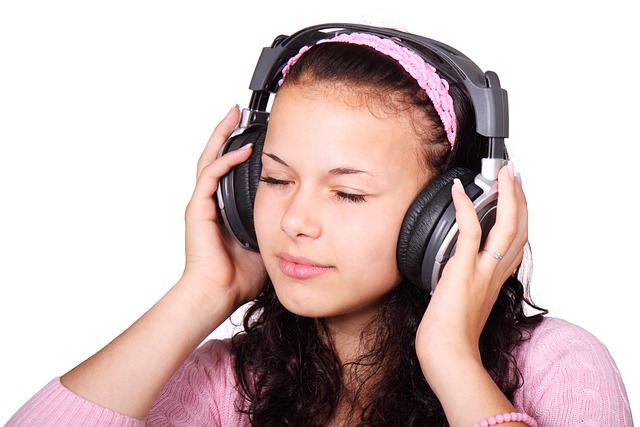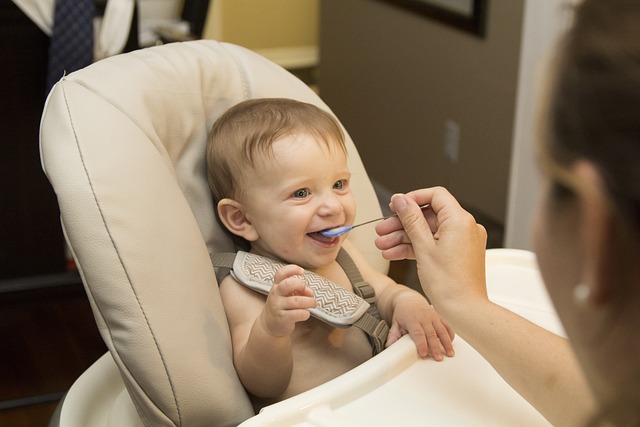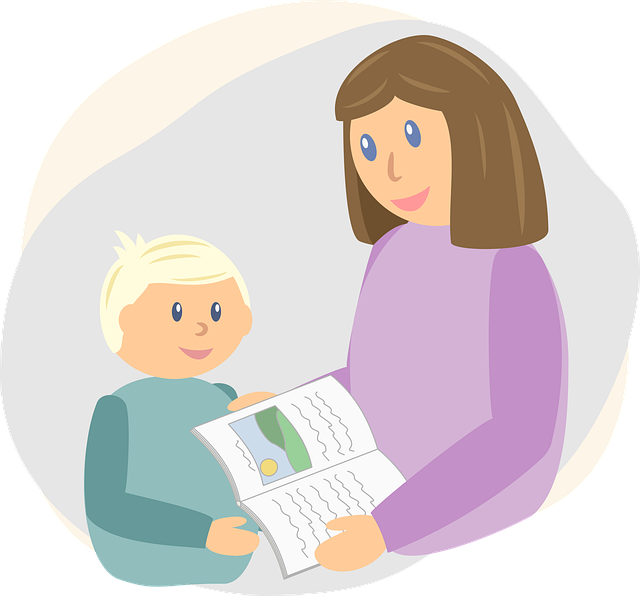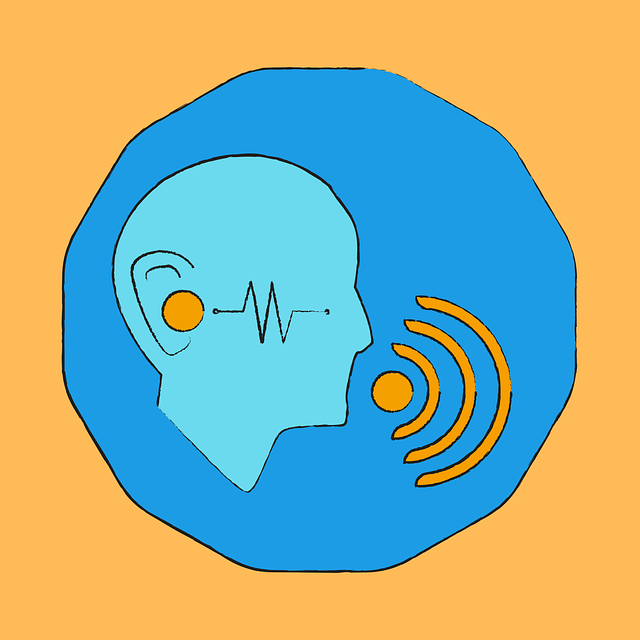
Schools Must Include Assistive Technology in IEPs
In January of 2024 the U.S. Department of Education issued a document and a “Dear Colleague” letter clarifying schools’ responsibilities in providing students with assistive technology and the supports needed to use it effectively. The guidelines include both school-age children and children in early intervention programs. Under the Individuals With Disabilities Education Act, the guidance indicates that every time an Individualized Education Program (IEP) or Individualized Family Service Plan (IFSP) team meets to develop, review, or revise a student’s IEP, it must consider the child’s need for assistive technology devices and services. Devices can be basic, such as visual schedules and picture communication boards or sophisticated electronic text- to-speech software, word-prediction devices, and speech generating augmentative and alternative (AAC) devices.











